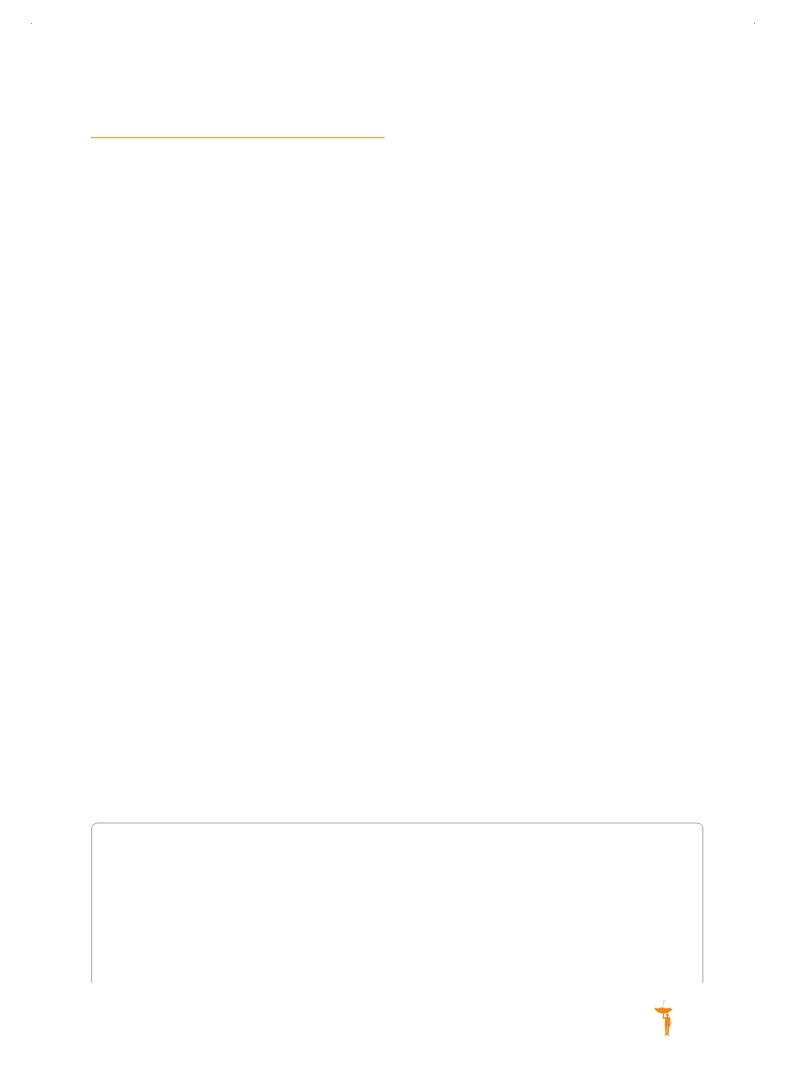 |
Global Assessment Report on Disaster Risk Reduction 2015
Making development sustainable: The future of disaster risk management |
 |
Global Assessment Report on Disaster Risk Reduction 2015
Making development sustainable: The future of disaster risk management |
|
|

141
7.7 Living in a modelled world
The volume of risk information produced has increased significantly over time and is accompanied by associated communities of practice, increasing data availability and scientific and technical capacities to transform that data into risk information.
In parallel with the growth of the disaster risk management sector as a whole, there has been equally exponential growth in the number of people and institutions involved in risk assessment. At all levels, the volume of risk information produced has increased significantly, and this development has been accompanied by a commensurate increase in the size of the associated community of practice, in the data available and in the scientific and technical capacities to transform that data into risk information. The series of Understanding Risk meetings organized by the World Bank since 20105 highlights the emergence of an increasingly large and dedicated community of practice in this area. It would appear that disaster risk management is increasingly taking place in a modelled world.
Until the early 1990s, much of the insurance industry based its business decisions on actuarial approaches using historical data. The use of catastrophe risk models in this industry grew dramatically after Hurricane Andrew, which struck
Florida in 1992 and gave rise to insured losses far greater than those expected on the basis of historical experience (
 GFDRR, 2014a GFDRR, 2014a GFDRR (Global Facility for Disaster Reduction and Recovery). 2014a,Understanding Risk: The Evolution of Disaster Risk Assessment since 2005, Background Paper prepared for the 2015 Global Assessment Report on Disaster Risk Reduction. Geneva, Switzerland: UNISDR.. GFDRR (Global Facility for Disaster Reduction and Recovery). 2014a,Understanding Risk: The Evolution of Disaster Risk Assessment since 2005, Background Paper prepared for the 2015 Global Assessment Report on Disaster Risk Reduction. Geneva, Switzerland: UNISDR.. Click here to view this GAR paper. The arrival of powerful personal computers in the early 1990s ushered in the era of mathematical modelling of disaster risks using probabilistic approaches. Following Hurricane Andrew, the insurance industry began to invest heavily in risk modelling in order to set premiums appropriately and to protect itself against insolvency.
With a few notable exceptions,6 probabilistic risk modelling was largely confined to the insurance industry and to specialized risk modelling companies until the advent of the HFA. While many national and local governments, international organizations and non-governmental organizations carried out risk assessments, these were generally qualitative in character (e.g. highlighting areas of low, medium or high risk) or deterministic (calculating risk quantitatively for one particular hazard scenario) and limited by the availability of historical data.
The HFA gave detailed guidance on key activities in risk assessment under Priorities for Action 2 and 3 (Box 7.6).
Box 7.6 Key activities related to risk assessment in the HFA
National and local risk assessments
(a) Develop, update periodically and widely disseminate risk maps and related information to decision-makers, the general public and communities at risk in an appropriate format. (b) Develop systems of indicators of disaster risk and vulnerability at national and sub-national scales that will enable decision-makers to assess the impact of disasters on social, economic and environmental conditions and disseminate the results to decision makers, the public and populations at risk. (c) Record, analyse, summarize and disseminate statistical information on disaster occurrence, impacts and losses on a regular basis through international, regional, national and local mechanisms. |
 
Page 1Page 10Page 20Page 30Page 40Page 50Page 60Page 70Page 80Page 90Page 100Page 110Page 120Page 130Page 131Page 132Page 133Page 134Page 135Page 136Page 137Page 138Page 139Page 140Page 141Page 142->Page 143Page 144Page 145Page 146Page 147Page 148Page 149Page 150Page 151Page 152Page 153Page 154Page 155Page 160Page 170Page 180Page 190Page 200Page 210Page 220Page 230Page 240Page 250Page 260Page 270Page 280Page 290Page 300Page 310
|
|
 
|
 
|
